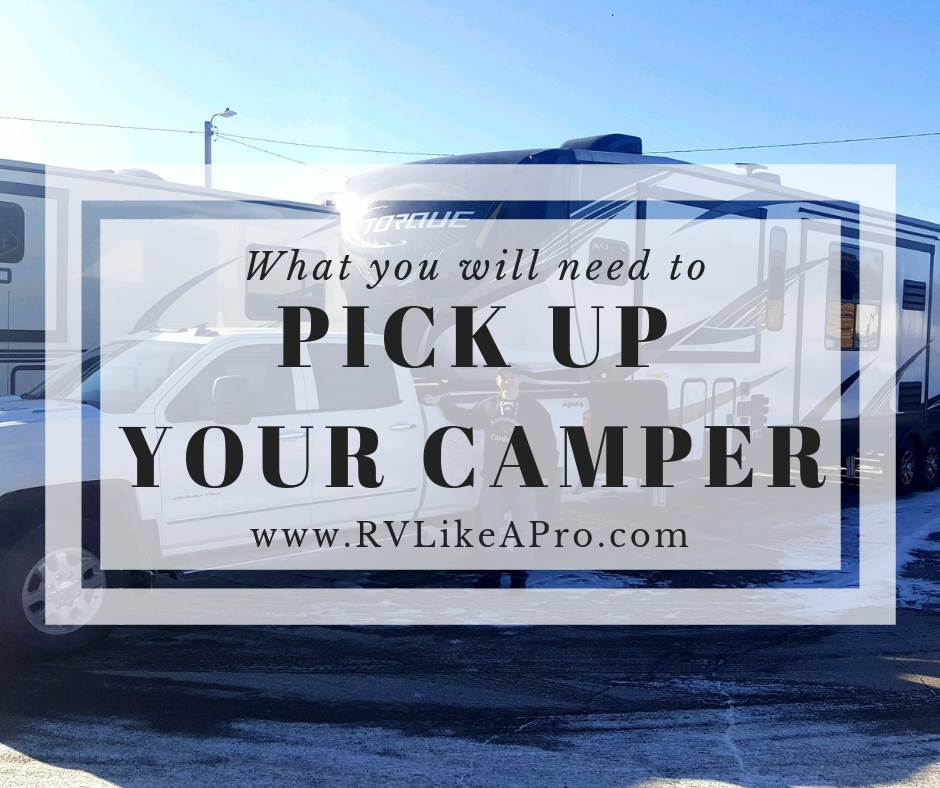
So, you are ready to pick up your camper. Here is what you will need.
You have finally decided on your perfect camper and you are ready to pick it up and bring it home (or hopefully to some awesome camping site). Here are the things that you will need to bring a camper home.
Ideally, if you bought your RV from a dealership, your salesperson would have assisted you in ensuring that your tow vehicle was ready when your camper was ready to leave the lot. All of the following items are available at your local RV dealership, even if you purchased your RV from a private seller. Keep in mind that depending on what your vehicle needs, it may take a full day or two to install all the necessary items.
Disclosure: Some of the links below are affiliate links, meaning, that at not additional cost to you, I will earn a commission if you click through and make a purchase.
Hitch
It may seem like a no-brainer but you will need to have a hitch attached to your vehicle to pull your RV home. You would be amazed how often this comes as a surprise! Obviously (I hope) if you bought a 5th wheel, you will need the 5th wheel installed in your truck. Here we are just going to briefly describe the main categories of hitches for travel trailer style pulling.
Travel trailers have a 2 5/16 inch ball. Only the very small trailers or pop-ups have a 2 inch ball.
When attaching any trailer to a vehicle the goal is that the trailer will be level. In other words, you do not want the front of the trailer to be so heavy that it is making the back of the tow vehicle sag. When this happens, it is common for the trailer to “porpoise” (bounce up and down while driving).
The most basic kind of hitch is a standard hitch. A standard hitch is the basic bar with a ball that comes straight back from the tow vehicle.
A slight variation of the standard hitch is a drop hitch. This is very similar to a standard hitch only the bar has a bend to it. You can put this bar bending upward if you need the front of the trailer to be higher in order to be level. Or you can insert the bar bending down if you need the front of the trailer to be lower for the trailer to be level.
I personally recommend using a standard hitch only for small trailers. If you are pulling anything larger than a pop up, I recommend using either a weight distribution hitch or a sway control hitch.
A weight distribution hitch transfers the weight from the tongue of the tow vehicle to the axles of the tow vehicle and the trailer. Allowing you to pull or carry more weight. It also helps with preventing “porpoising”. Note: this will not eliminate the sway, or side to side motion, of a trailer just help with the sag of the tow vehicle. There is an attachment for a weight distribution hitch that will help eliminate trailer sway. It is good, but not as good as an actual sway control hitch.
Weight Distribution Hitch with Sway Control Attachment
Weight distribution hitches ususally run between $250 – $400.
A sway control hitch is the best option in my opinion. Especially if you are traveling with a really heavy, or long trailer. Or traveling across country. Of course it is also the most expensive. This hitch combines the benefits of the weight control hitch with the added benefit of sway control built right in. This hitch will give you the best defense against “trailer wag” in high wind or when a semi passes. Trailer sway or trailer wag can be very dangerous!
Sway Control Hitch
Sway control hitches usually run between $500 – $2000.
Important to note:
- There are multiple brands and variations of hitches. These are just the major categories.
- We recommend getting your hitch professionally installed. Even if you buy your RV from a private party, we recommend buying your hitch and having it installed, and set up, at an RV dealer. They know what they are doing and they will stand behind it. The technician will set up your hitch for your vehicle and trailer. It is important to note that if you are going to pull a different trailer, or get a different vehicle, the hitch may need to be adjusted.
- Keep in mind that hitches can loosen over time and will need to be inspected.
- Never leave your hitch laying on around. No matter which option you choose it is expensive and can “grow legs”. Keep it secured.
Brake Controller
Larger trailers come equipped with their own brakes. A brake controller is a controller that will apply your trailer’s breaks when you apply the brakes in your vehicle. Larger trucks may have this built in already, or it may be ready for “plug and play”. This may only take a few minutes to install. If all new wires need to be run in your vehicle it could take 4 hours or more to install. Either way, the brake controller will need to be adjusted for your specific trailer. Good service techs can do this.
Dealerships will not allow you to take a trailer off the lot if a brake controller is not installed. Plan accordingly.
Electrical Harness
Most states, and countries, require certain lights to be on every trailer. Typically these mandatory lights include: running lights, brake lights and turn signals. Some trailers even have back-up lights for going in reverse. Your vehicle will need to be equipped to plug into the trailer to run these lights. Check your camper to see which wiring harness you will need. Most RVs will require a round 7 wire plug on the tow vehicle.
This feature is similar to the brake controller in that some vehicles are already equipped, or simply “plug and play”. If your vehicle needs all the wires run throughout the vehicle this could take a considerable amount of time.
Tow Mirrors (Optional)
You probably don’t NEED tow mirrors (you can always have your spouse stand outside and yell at you) but they sure are nice to have so you can see around your trailer. They may even save your marriage.
Now you are ready to pick up your camper and have some fun. Enjoy!
Happy Camping!


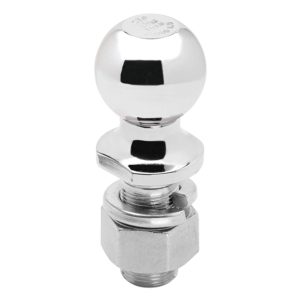
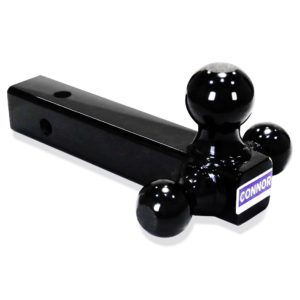
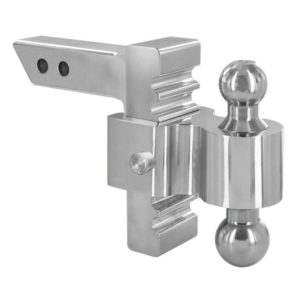
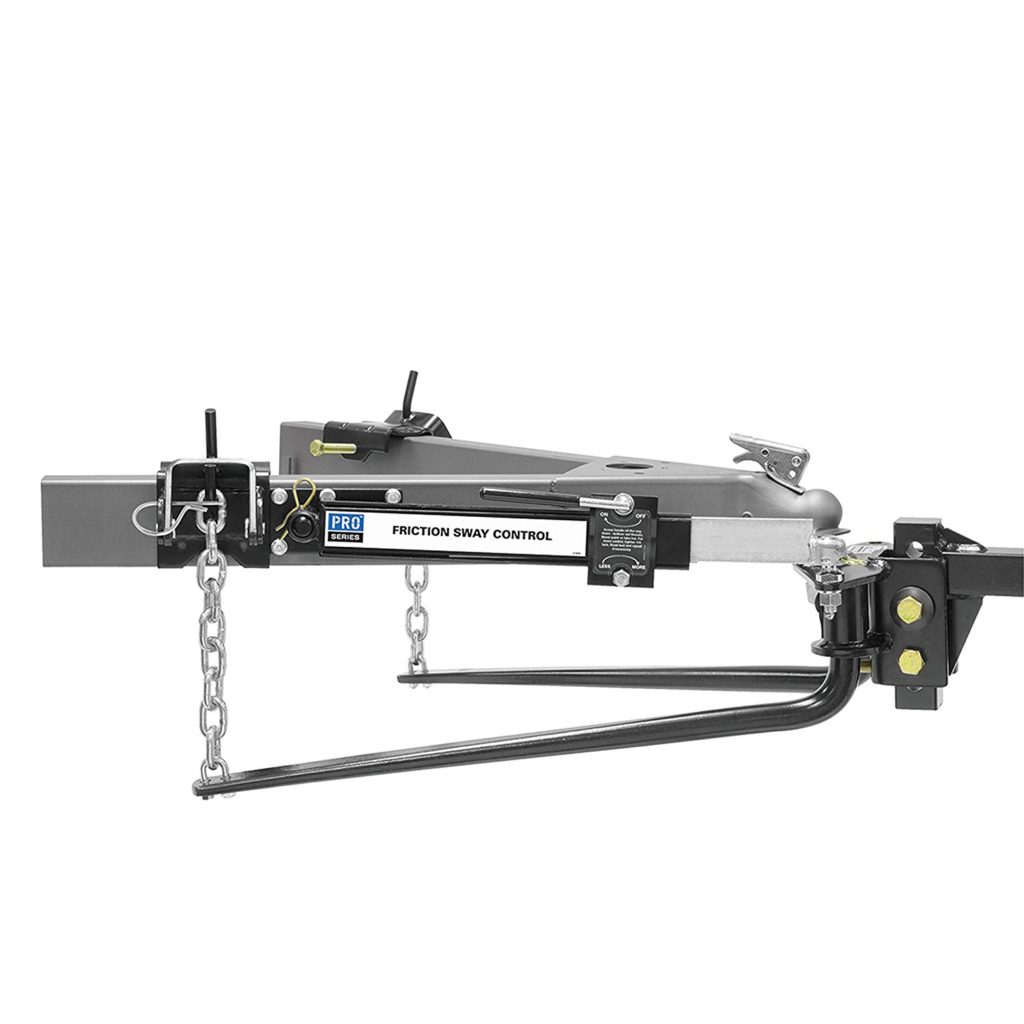
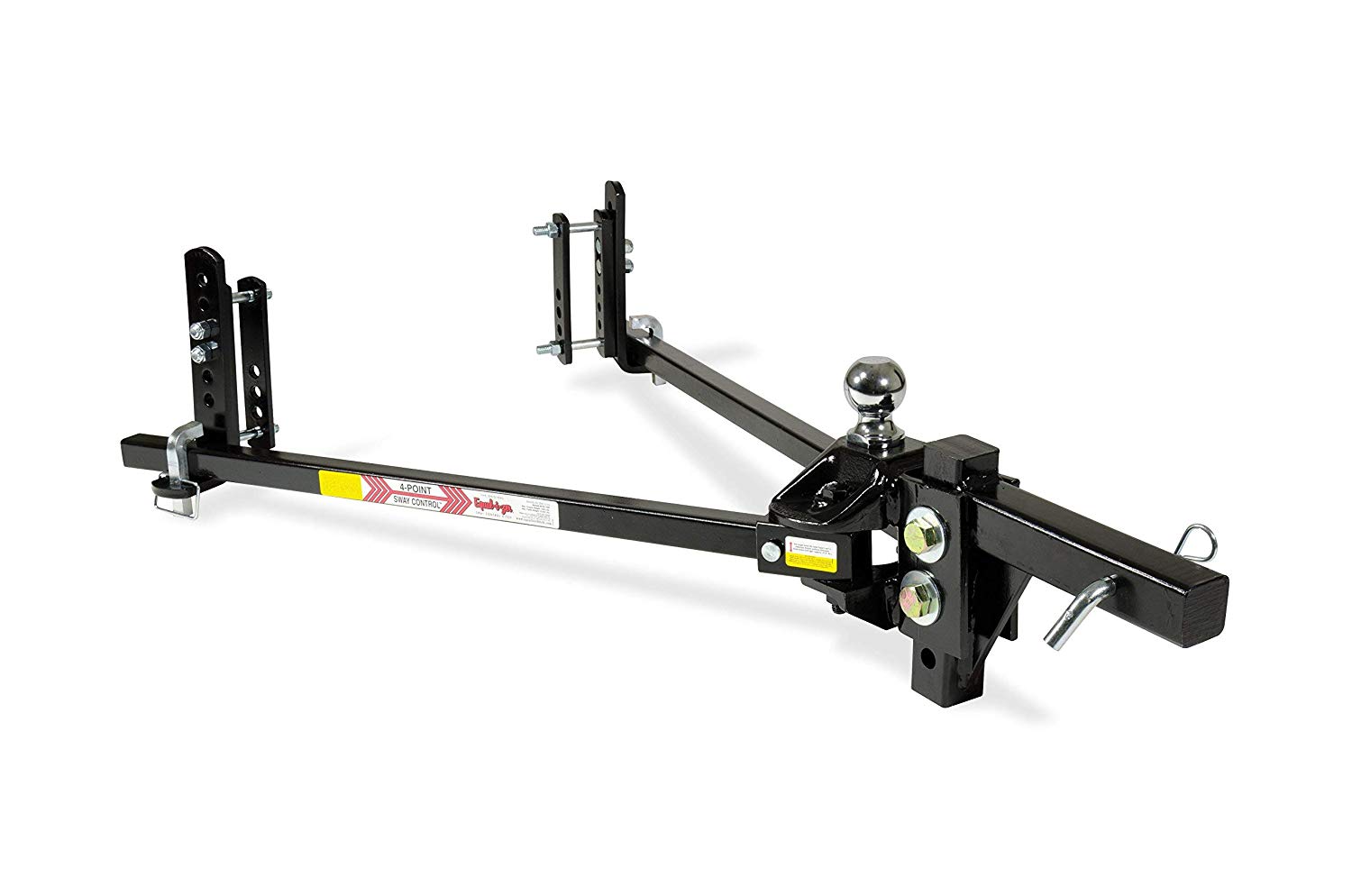


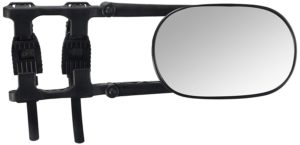
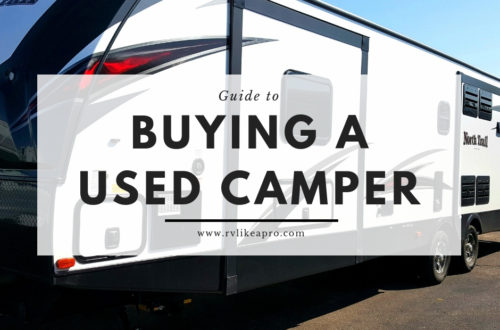
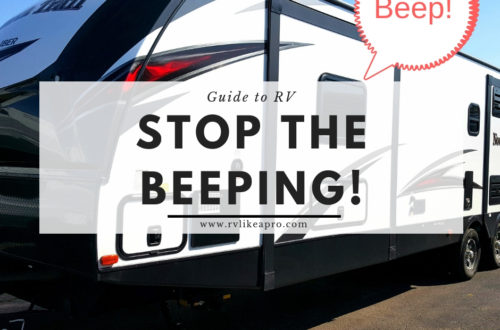

23 Comments
Holly Bird
Great tips!! you are so awesome for the beginner who is just starting out in the RV world!
Anna
Very helpful. We were thinking to buy an RV. Had no idea I need those things. Thank you for sharing this!
Leigh Ann
My husband and I have talked about getting one of those retro tear drop pull campers so I’ll be filing this away for some time in the hopefully near future!
Tiffany
My husband and I have been talking about getting a travel trailer for a few months now. Reading through this is super helpful. Hopefully, things will go more smoothly when we do decide to buy. Thanks!
Angela Greven
Great info for folks that are just getting their rig and out on the road! 🙂
Tricia Snow
Great tips! You need to be ready to drive a rig home if you have never had one before.
Junell DuBois
Who knew you needed so much! Great info!
jen
If I ever get to live this life, this blog will be my bible
Cindy
Excellent info! I wouldn’t know what to bring along at all.
Ramae Hamrin
I love your posts! I don’t own and RV and have never even taken a trip in one, but I sure hope I get to some day. I will certainly come back to your blog!
Sandi
Hubby is talking about a month in a RV next summer, I’ll be rereading all you posts!
Shirley
Great post. Very useful information and great tips.
Melanie Walsh
With more and more people opting for the freedom of the open road, it’s great to have a resource to know what you’ll need with your camper. These are great recommendations.
Meagan
I still just think this is so cool!
Michele Vadnais
Wow! There is so much to know about RVs!
Pauline
Great tips!!! When we picked up our last camper, the dealership inspected our hitch and the break package to make sure everything was safe.
Kathryn at QuestFor47
Great tips! There’s so much to RV-ing and it’s so important that your camper is towed properly!
Kim
This is very helpful! I know it’s common sense but I wouldn’t know where to start with picking a hitch!
Dennis
Great post! So often we overlook important items when starting something new.
Jennifer Morrison
I love the movie, “The Long, Long Trailer” with Desi Arnez and Lucile Ball. When I see this info, I think they needed your blog before they set out! LOL
T.M. Brown
All these things to consider! This is such a great source of information for those desiring to live the RV lifestyle!
Katie
There is so much to consider! Thanks for being a great resource for newbies. It’s a lot of really great info and recommendations!
Laura
Super tipsy her! I’m already to go see RV shopping! Great post!